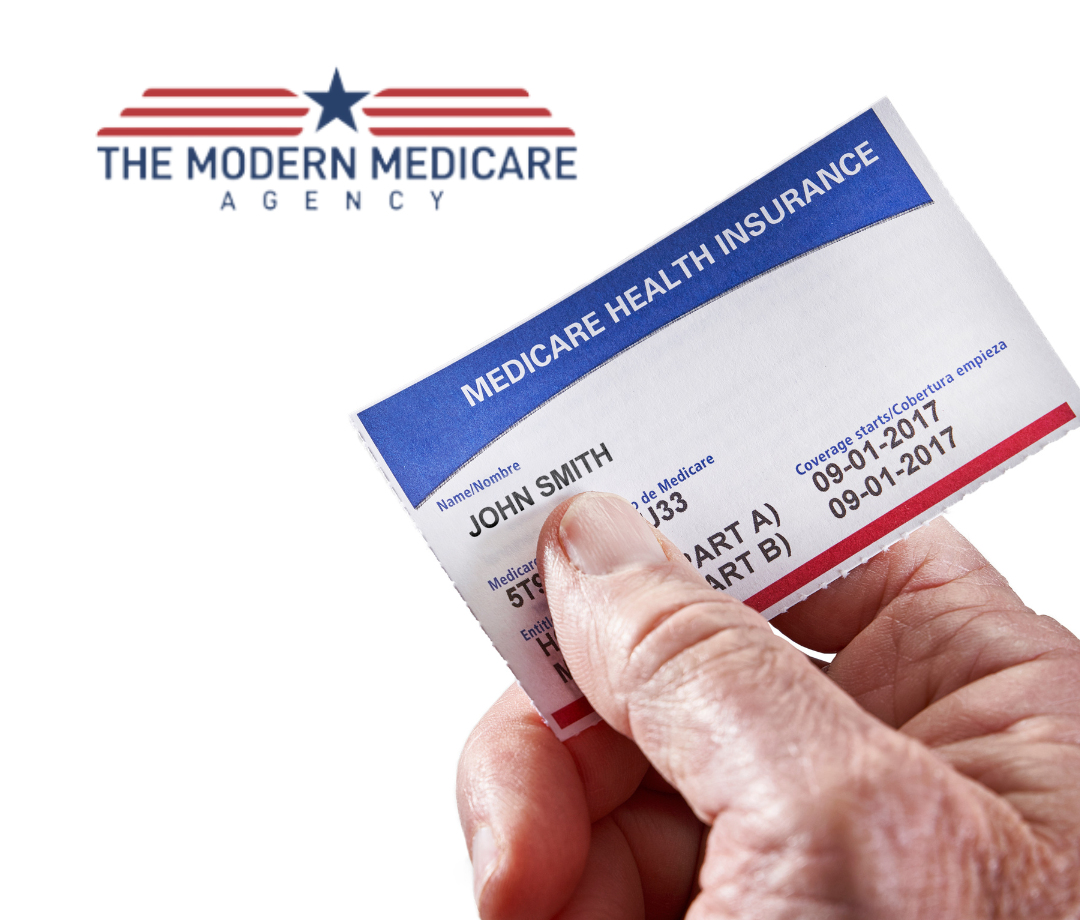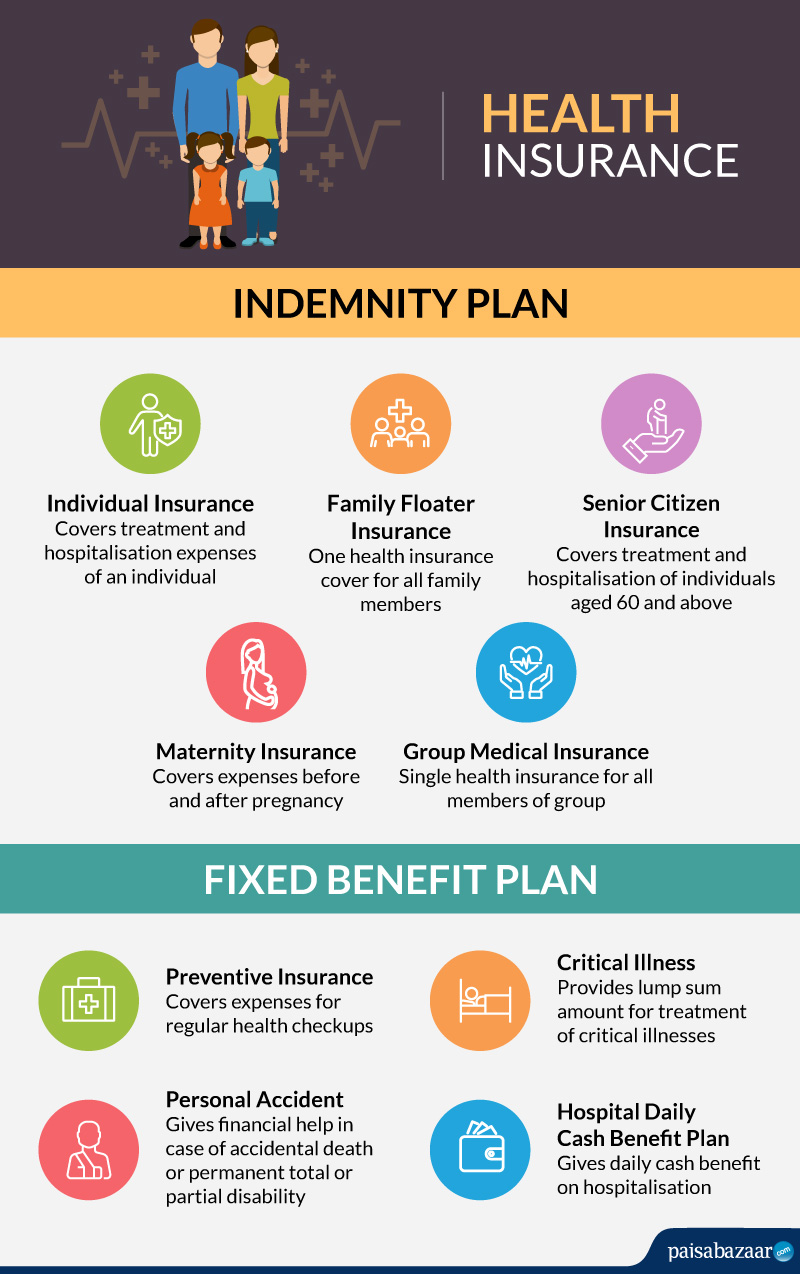Not known Facts About Medicare Advantage Agent
Table of ContentsThe Only Guide for Medicare Advantage Agent4 Easy Facts About Medicare Advantage Agent DescribedThe 10-Minute Rule for Medicare Advantage Agent


follows from confusing the relatively young age profile of the uninsured with the better healthMuch better wellness average, standard younger personsMore youthful For those without accessibility to workplace wellness insurance, poor health is a possible obstacle to purchasing nongroup coverage due to the fact that such coverage may be extremely priced, leave out pre-existing problems, or be just unavailable. Unless otherwise kept in mind, nationwide estimates of people without health insurance policy and percentages of the populace with various kinds of protection are based on the CPS, the most extensively made use of resource of quotes of insurance coverage and uninsurance prices.

Top Guidelines Of Medicare Advantage Agent
Over a three-year period starting early in 1993, 72 million individuals, 29 percent of the united state population, lacked coverage for a minimum of one month. Within a single year(1994), 53 million individuals experienced a minimum of a month without insurance coverage(Bennefield, 1998a). 6 out of every ten without insurance grownups are themselves employed. Functioning does boost the chance that one and one's family participants will certainly have insurance policy, it is not a guarantee. Also participants of households with 2 full-time breadwinner have almost a one-in-ten opportunity of being uninsured (9.1 percent uninsured rate)(Hoffman and Pohl, 2000 ). The partnership between wellness insurance policy and access to care is well developed, as documented later on in this chapter. The connection in between wellness insurance and health results is neither straight neither straightforward, a comprehensive scientific and wellness solutions study literature links health insurance policy protection
to improved access accessibility care, better much better, and improved enhanced and population populace status. The 2nd record, on personal health outcomes for without insurance grownups, is stood for by the inner circle of the figure, while the 3rd record, on family members wellness, encompasses the subjects of the 2nd record however emphasizes a different device of evaluation, particularly, the family. The 6th report in the series will certainly offer info regarding strategies and initiatives taken on in your area, statewide, or nationally to attend to the lack of insurance and its adverse influences. Levels of evaluation for taking a look at the effects of uninsurance. This discussion of wellness insurance policy coverage concentrates mostly on the U.S. population under age 65 since virtually all Americans 65 and older have Medicare or various other public coverage.
In addition, it focuses especially on those with no health and wellness insurance policy for any type of size of time. The troubles encountered by the underinsured remain in some respects similar to those encountered by the without insurance, although they are generally less serious. Uninsurance and underinsurance, nevertheless, include definitely different plan issues, and the strategies for addressing them may differ. Throughout this study and the five reports to comply with, the primary emphasis gets on individuals without any wellness insurance and thus no assistance in spending for healthcare past what is readily available with charity and safety and security web establishments. Medical insurance is an Click Here effective variable impacting invoice of care because both patients and doctors respond to the out-of-pocket cost of services. Medical insurance, however, is neither essential neither sufficient to access to medical services. Nonetheless, the independent and straight impact of health
insurance protection on accessibility to health solutions is well developed. Others will certainly acquire the health and wellness treatment they need also without wellness insurance, by paying for it out of pocket or seeking it from suppliers that supply treatment free or at highly subsidized prices. For still others, medical insurance alone does not ensure receipt of treatment due to other nonfinancial barriers, such as a lack of healthcare suppliers in their area, minimal accessibility to transportation, illiteracy, or etymological and cultural distinctions. Formal research concerning without insurance populaces in the USA dates to the late 1920s and very early 1930s when the Committee on the Expense of Medical Care generated a collection of reports regarding financing doctor office visits and hospital stays. This problem ended up being significant as the numbers of clinically indigent climbed throughout the Great Depression. Empirical studies continually sustain the web link in between accessibility to care and enhanced health end results(Bindman et al., 1995; Starfield, 1995 ). Having a regular source of care can be taken into consideration a predictor of access, as opposed to a direct measure of it, when health results are themselves used as gain access to signs. This extension of the concept of accessibility measurement was made by the IOM Board on Monitoring Accessibility to Personal Wellness Care Services(Millman, 1993, p. Whether moms and dads are insured shows up to impact whether or not their kids receive treatment as well as just how much careeven if the youngsters themselves have protection(Hanson, 1998). The health and wellness of parents can affect their capacity to look after their youngsters and the level of household stress. Stressing over their kids's access to care is itself a source of tension for parents. Three chapters comply with in this record. Chapter 2 provides a review of how employment-based medical insurance, public programs and specific insurance policies operate and interact to give comprehensive but incomplete coverage of the united state populace. This includes an evaluation of historic trends and public laws influencing both public and personal insurance, a conversation of the interactions amongst the various sorts of insurance coverage, and an assessment of why individuals relocate from one program to an additional or end up
